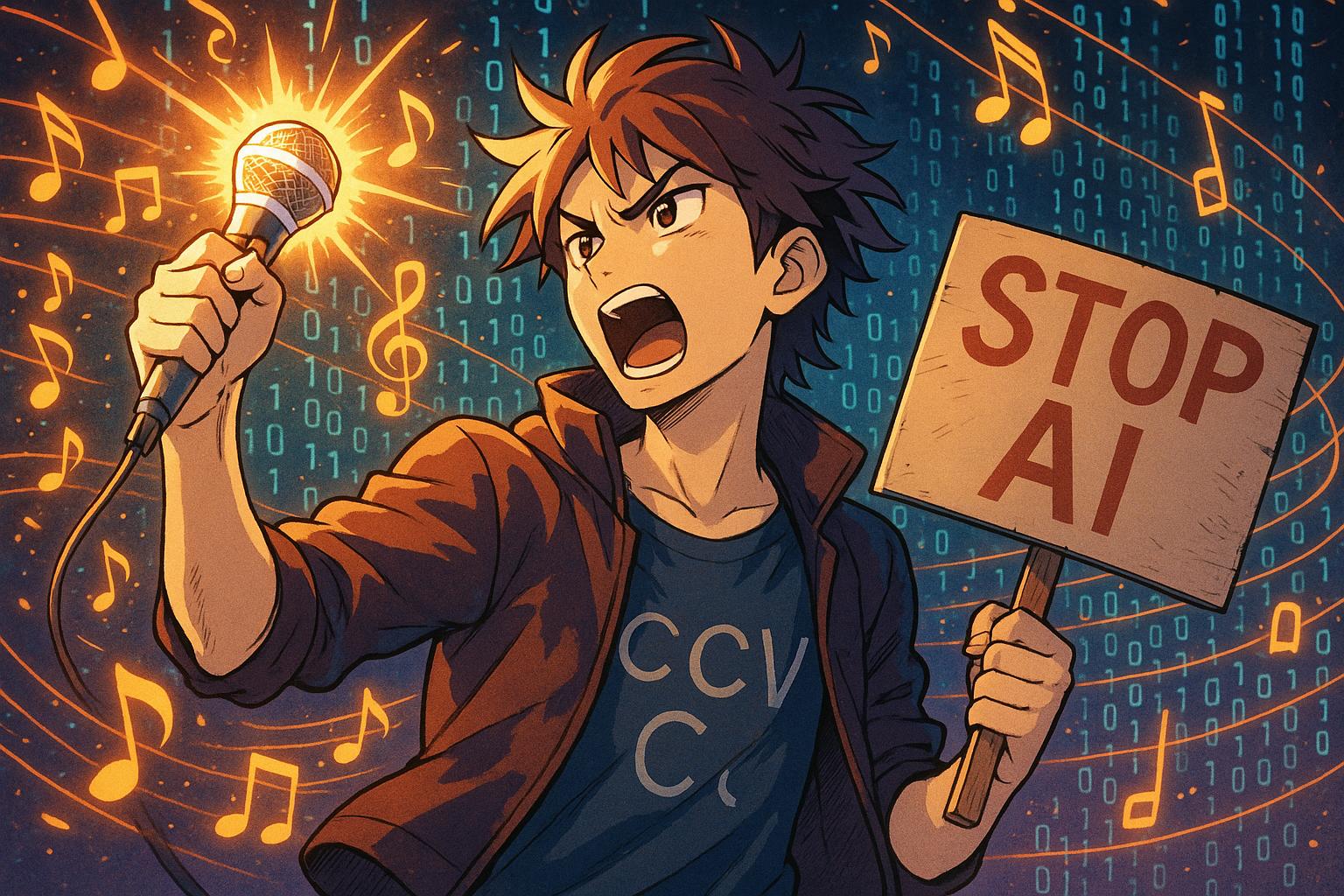Elton John has voiced strong condemnation against proposed changes to UK copyright laws, asserting that the government is engaging in “theft” by permitting tech firms to use Britain’s rich creative output for training artificial intelligence (AI) models without appropriate compensation. Speaking at a ceremony in New York to celebrate the 55th anniversary of the Stonewall riots, John highlighted the profound implications these proposed relaxations could have on the livelihoods of emerging artists.
The British government, under the leadership of Prime Minister Keir Starmer, aims to position the UK as an AI superpower. As part of this initiative, recent proposals suggest that creators would need to opt out if they wish to protect their works from being used by AI developers. This shift in policy has raised significant concerns among notable figures in the arts, including John, Paul McCartney, and Ed Sheeran, who argue that such changes would further hinder young artists struggling to establish themselves in the competitive creative landscape.
John, addressing the grave threat posed to budding talent, stated, “The danger is for young artists, they haven’t got the resources to keep checking or fight big tech.” His assertion reflects a broader sentiment among artists who fear that weakening copyright protections will unleash a wave of industrial exploitation and diminish the unique value that human creativity brings. “A machine … doesn’t have a soul, doesn’t have a heart, it doesn’t have human feeling,” he continued, emphasising the irreplaceable essence of artistic expression.
The UK’s creative industries have long been a source of national pride, thriving across diverse sectors such as theatre, music, and film. However, the potential implications of the government’s proposal could jeopardise that very foundation. Critics argue that the new framework will immeasurably complicate the future for artists, particularly those just starting their careers. With the landscape evolving rapidly amidst technological advancement, many fear that the balance between progress and protection is in peril.
The government has indicated that it is consulting on these measures, pledging not to endorse any changes unless satisfied that they will benefit creators. Such assurances, however, have not quelled the outcry from the creative community. Over 400 artists and industry executives, including John, signed an open letter appealing to Starmer for stronger protections. They called for more transparency surrounding AI usage that would compel developers to disclose the copyrighted materials used in training their algorithms, aiming to prevent what many consider the “mass theft” of creative works.
In a symbolic gesture of protest, John and more than a thousand UK musicians released a silent album titled Is This What We Want?. This album consists of recordings from empty studios, a poignant representation of the potential stifling of artistic expression and autonomy. Profits from this unique project are directed toward the charity Help Musicians, underscoring the collective resolve to safeguard the creative landscape.
Adding to the urgency of the situation, various campaigns, including "Make it Fair," have emerged to galvanise artists against what they regard as a fundamental threat to their rights. The proposed “rights reservation” system, which would require creators to actively opt out to safeguard their work, has been met with fierce resistance. Many argue that such a system shifts the burden unjustly onto artists, particularly emerging ones who may lack the resources or awareness to navigate these complexities.
Ultimately, John and his contemporaries are imploring the government to reconsider its approach to copyright law and artificial intelligence, asserting that the UK's leadership in the creative sector could be irreparably compromised by these policies. The words of artists resonate with urgency amidst an evolving digital landscape, where the safeguarding of creativity must keep pace with technological advancements.
Reference Map
- Paragraph 1: [1], [2]
- Paragraph 2: [1], [4]
- Paragraph 3: [4], [6]
- Paragraph 4: [1], [7]
- Paragraph 5: [4], [5]
- Paragraph 6: [6], [5]
- Paragraph 7: [3], [4]
- Paragraph 8: [1], [6]
- Paragraph 9: [3], [6]
- Paragraph 10: [1], [7]
Source: Noah Wire Services
